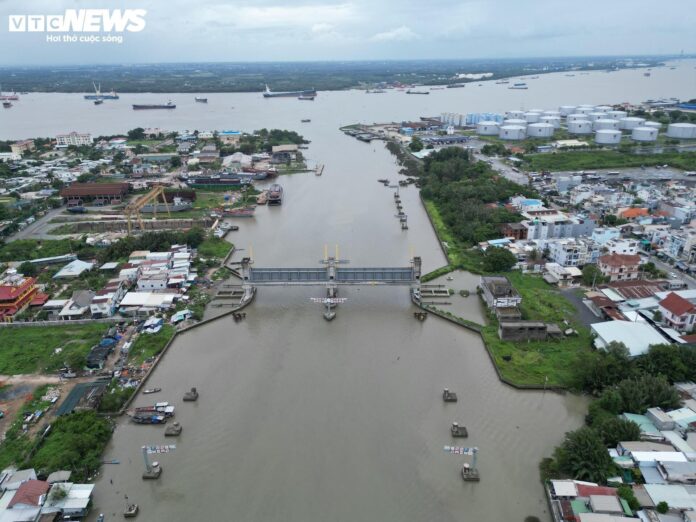
The Ministry of Finance has recently submitted to the Government a draft resolution to address the obstacles facing the $400 million anti-flooding mega-project in Ho Chi Minh City. The resolution is expected to timely resolve long-standing difficulties, prevent resource waste, enhance investment efficiency, and mitigate the negative impacts on the lives of local residents due to project delays.

The large-scale project includes six large tide-control gates (Tan Thuan, Ben Nghe, Phu Xuan, Muong Chuoi, Cay Kho, and Phu Dinh) combined with an almost 5-mile-long dike along the right bank of the Saigon River and its channels and canals.
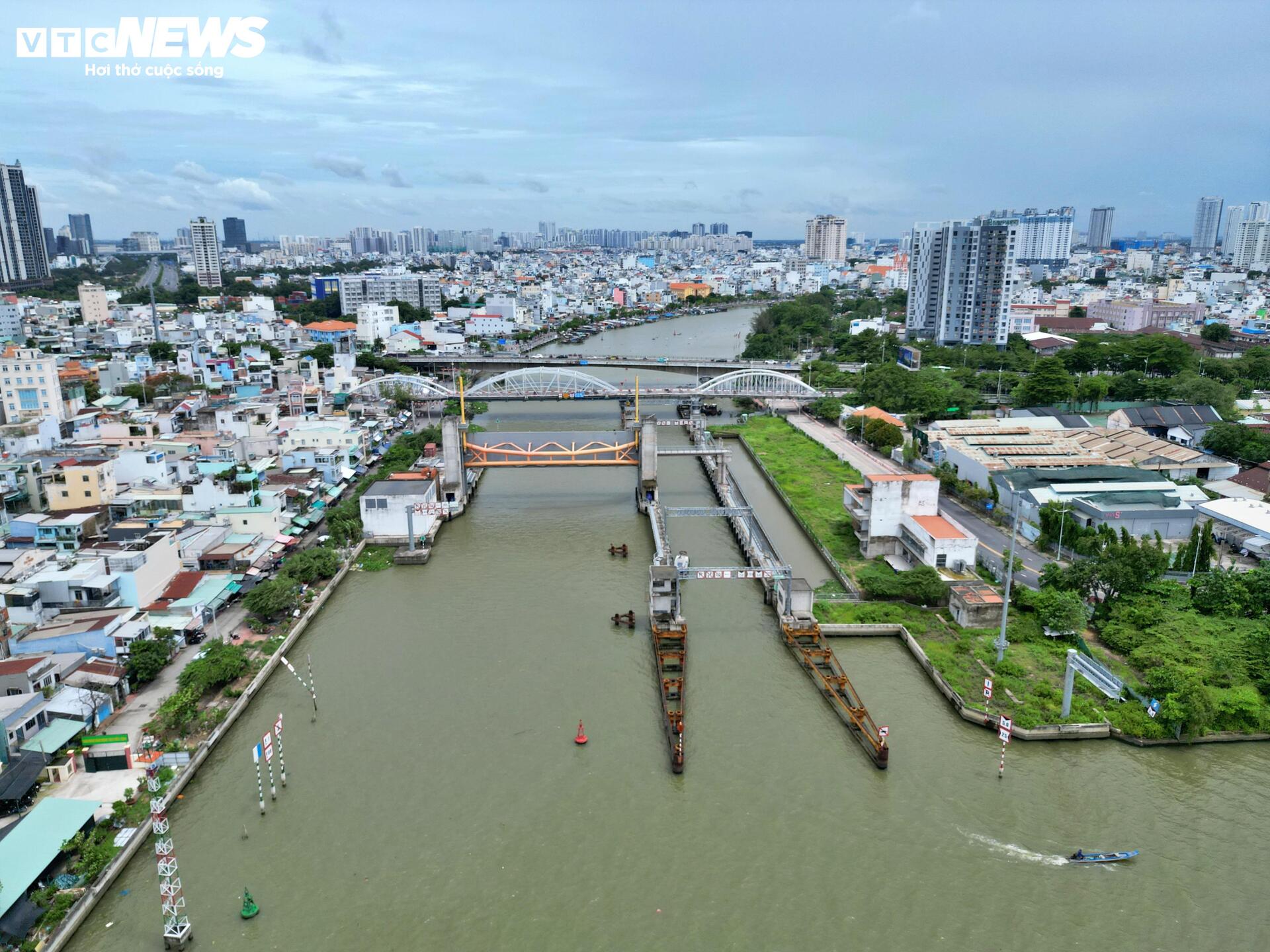
The project is expected to control flooding caused by high tides and climate change in an area of about 220 square miles, covering downtown Ho Chi Minh City and the surrounding low-lying areas. As a result, the project will directly contribute to the safety of about 6.5 million residents, facilitate stable socio-economic development, and reduce flood-related losses.
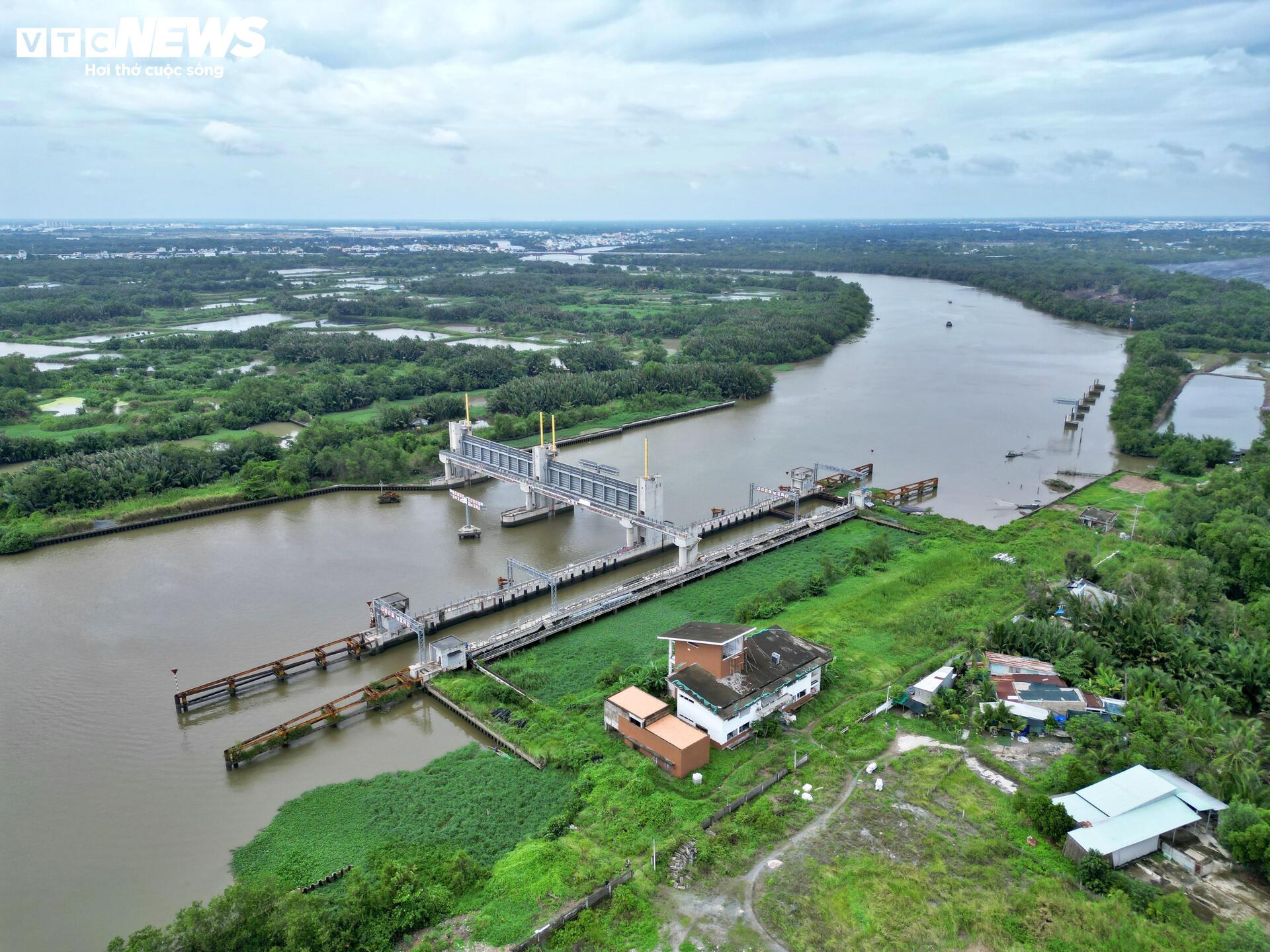
According to VTC News, many components of the Cay Kho tide-control gate, one of the six large gates in the $400 million anti-flooding project, remain unfinished and have been left idle for years.

Observations at the Cay Kho tide-control gate reveal idle machinery, an empty construction site, and overgrown vegetation. The project has been inactive for a long time.

The Phu Xuan tide-control gate, located at the head of Rach Dia, which flows into the Soai Rap River in Nha Be District, remains idle. Meanwhile, the residential area inside the gate frequently experiences flooding, especially when high tides combine with heavy rains.
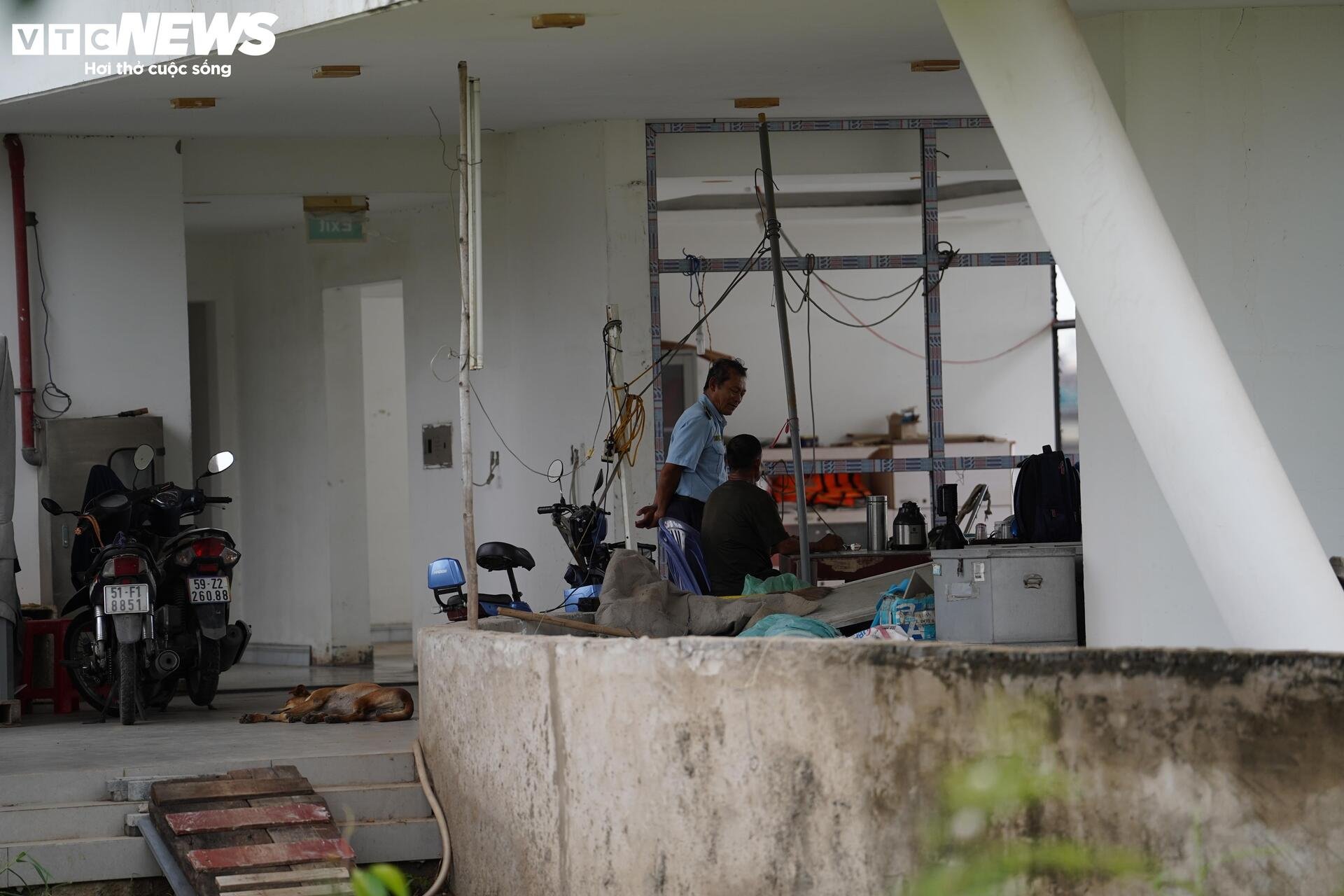
At the Phu Xuan tide-control gate construction site, the area is fenced off, and the atmosphere is quiet, lacking the vibrant construction activities expected for such a large-scale and urgent infrastructure project.

The Muong Chuoi tide-control gate in Nha Be District is the largest component among the six gates in the $400 million anti-flooding project in Ho Chi Minh City. With a length of over 650 feet, it plays a crucial role in controlling tides in the southern part of the city.

At the Muong Chuoi gate, four tide-control valves, each weighing between 500,000 and 700,000 pounds, have been installed. These are special mechanical components designed to open and close flexibly according to the water level, preventing tidal water from entering the city center when the water rises.

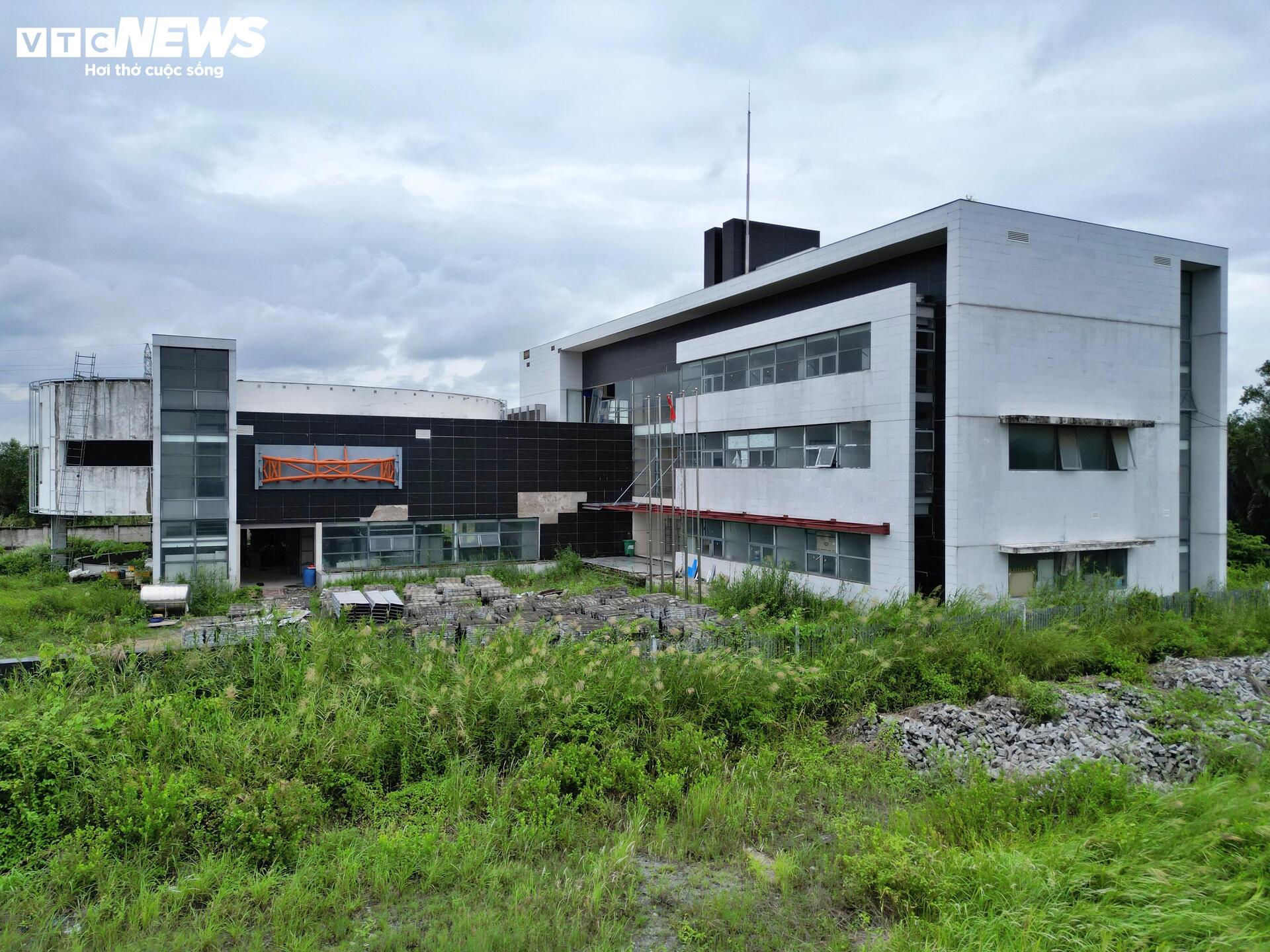
At the Muong Chuoi tide-control gate, several components have been left idle for an extended period. Construction machinery lies dormant, equipment is covered or rusting, and vegetation has overgrown into internal pathways.
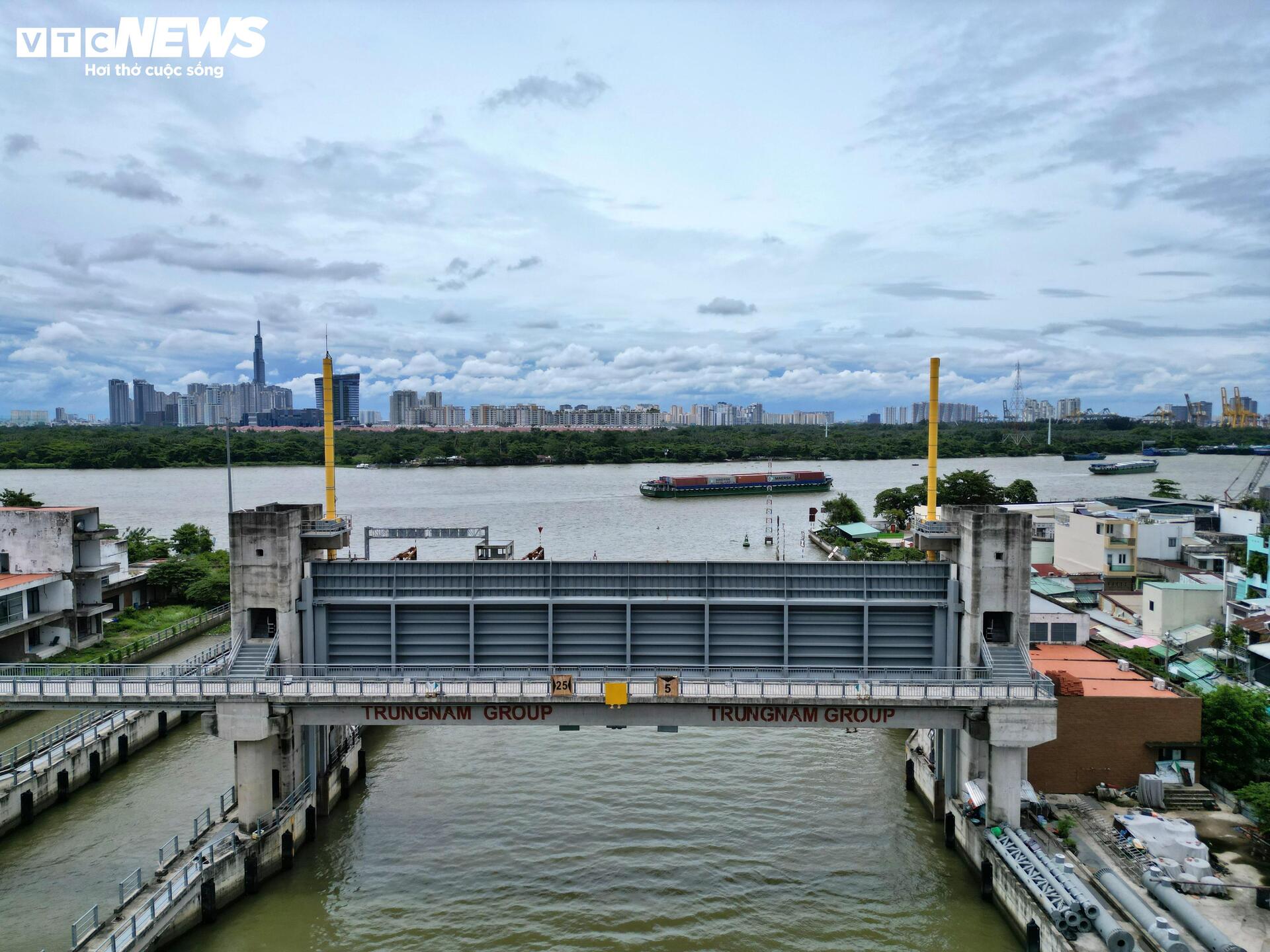
The Tan Thuan tide-control gate, located on the Te Canal in the border area between District 4 and District 7, is one of the six critical gates in the $400 million anti-flooding project in Ho Chi Minh City. It plays a pivotal role in preventing tides from the Saigon River from entering the Te and Doi Canals, Tau Hu – Ben Nghe, and protecting the city center from flooding.

Despite reaching about 93% completion, the Tan Thuan gate remains inactive. The construction site shows little significant activity, with machinery covered and many components left unfinished for a long time.
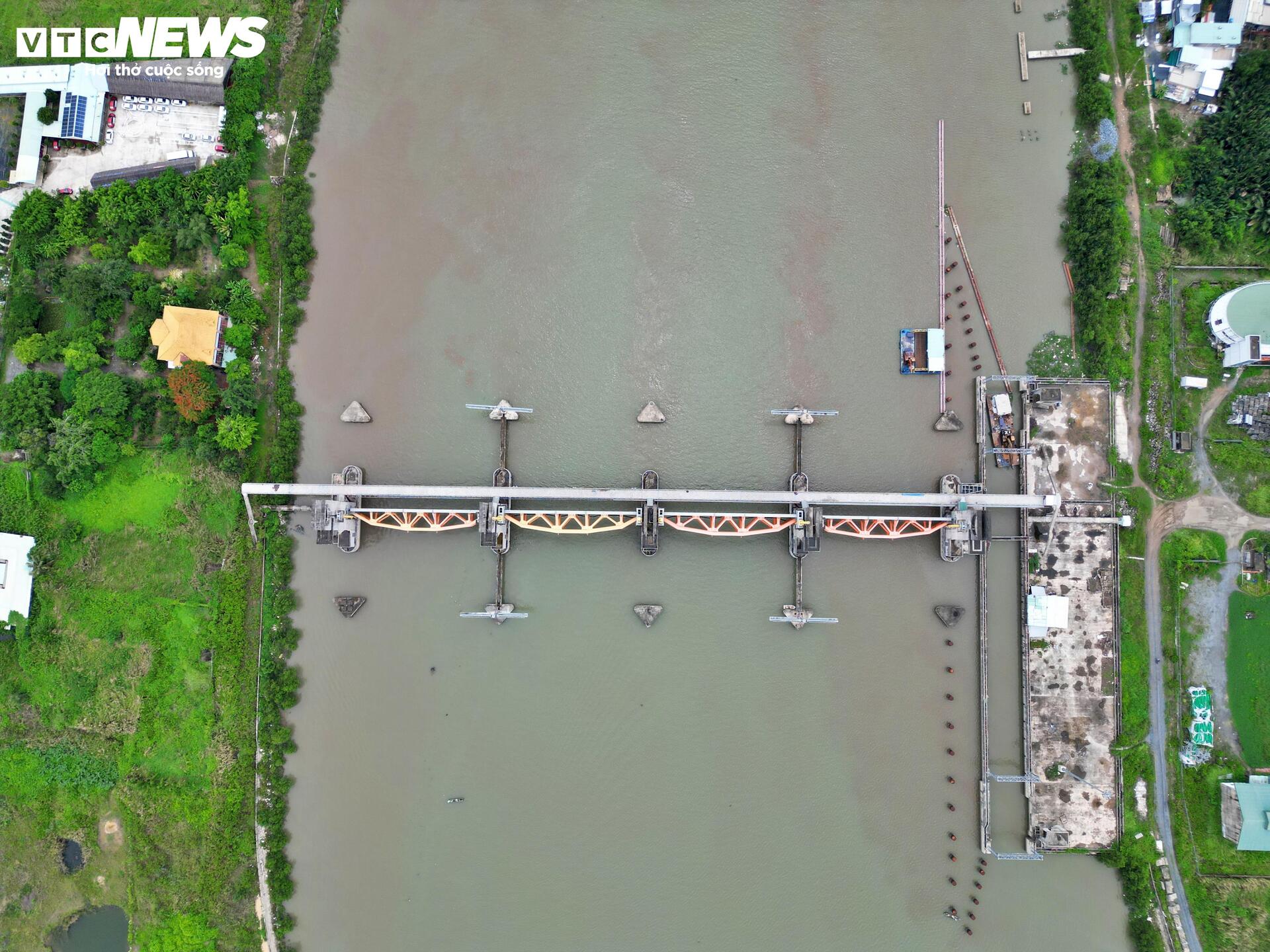
The $400 million anti-flooding project in Ho Chi Minh City, implemented through a build-transfer contract, officially started in mid-2016 and was expected to be completed by April 2018. However, the project has faced numerous challenges, particularly obstacles in land clearance and delays in arranging capital for investor payments.
The Rising Cost of Comfort Food: “Bread and Pho on the Price Hike: An Extra 2,000 to 5,000 Dong”
“With operating costs on the rise, many businesses are facing a challenging dilemma. The decision to increase prices is a delicate one, as it can impact customer loyalty and brand perception. However, with careful consideration and strategic planning, it is possible to navigate this tricky situation. This article will explore the reasons behind the price hikes and provide insights into how businesses can mitigate the impact on their customers while maintaining a sustainable operation.”

























